Decoding the Dress Code
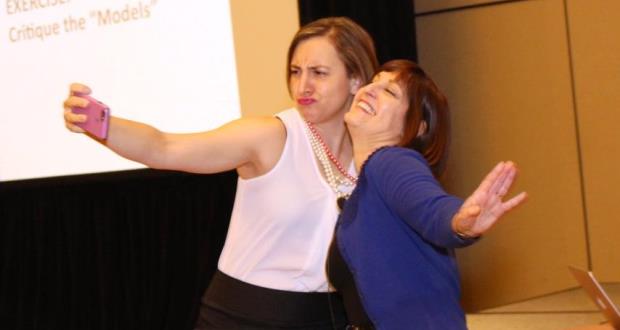
Deciding what to wear to work is more than just one small decision made while standing in front of your closet every morning. Your clothing choice may affect not just the way your co-workers view you but also the way you view yourself. Following an appropriate dress code can have a dramatic affect on your confidence, productivity, ability to work with your colleagues and even your future career path.
At the American Society of Association Executive’s Great Ideas Conference in Orlando on March 7, Sheri Singer, president of Singer Communications and Saima Hedrick, MPH, Associate Director of Outreach, Society of Nuclear Medicine and Nuclear Imaging, presented a workshop titled Decoding the Dress Code. The focus of the communications expert and the outreach director approach to this professional development session was to discuss how your appearance directly affects your personal brand in the workplace.
Here are some takeaways from the session:
Create your personal brand
Your appearance or how you show up at work, during job interviews, at a board meeting, etc., helps create your personal brand. Your personal brand is truly the essence of who you are and may even affect your career path – positively or negatively.
Psychology of clothing
There is scientific evidence that demonstrates what you wear has an effect on both the observer and the wearer. A study from Northwestern University’s Kellogg School of Management had participants wearing a white lab coat. Some were identified as physicians and others as painters. The study found that there was a symbolic meaning of the clothes to the wearer.
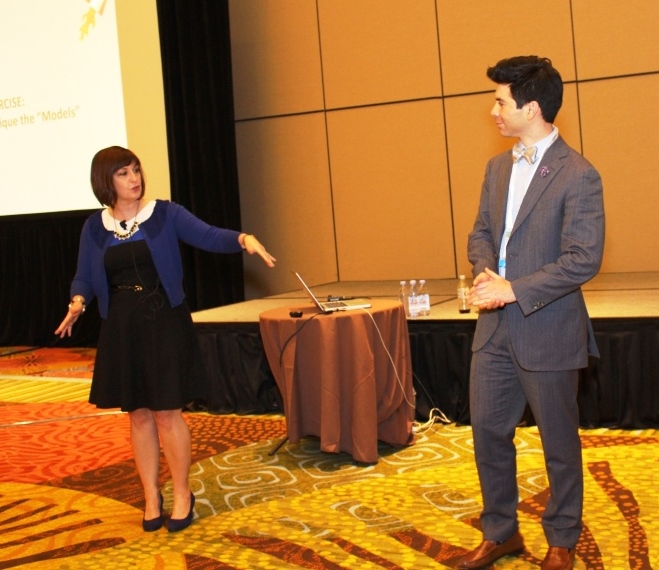
Another study conducted at the Yale School of Management, dressed half of a sales force in sweatshirts and sweatpants, and the other half in a suit. As they sat around a board table discussing a business challenge, those dressed in business attire demonstrated more confidence, dominance and competitiveness. In fact, those in suits showed behavior typically identified as that of a C-suite leader and shared more abstract and innovative thoughts than those dressed in sweats.
Factors affecting what you wear
Your association industry, the climate, the part of the country you work in, who you are talking to or meeting with, your age, your job title may all be factors affecting what you wear. But the No. 1 factor affecting what you wear to your job is your human resources department’s dress code policy. You need to be sure that you are following the policy and the policy should be specific enough (especially when it comes to business casual) to leave little room for interpretation. [For examples of good dress code policies, go to the Society for Human Resource Management at www.shrm.org.]
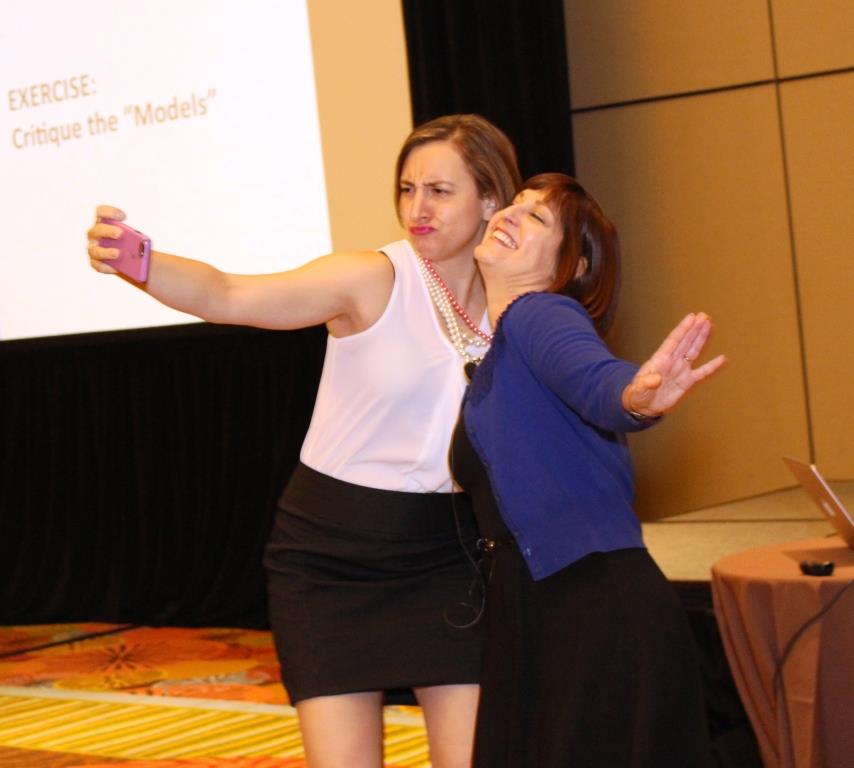
Business attire v. business casual
There are two types of business attire: formal business attire – a suit and tie for men and a skirt or pantsuit for women with stockings and closed toe pumps. In general, you would wear formal business attire at board meetings, visits to Capitol Hill or to a presentation.
The second type of business attire is business casual. This is where the water gets murky. While business casual is less formal, you still need to appear polished and professional. Business casual is often the standard for association office-wear on a daily basis.
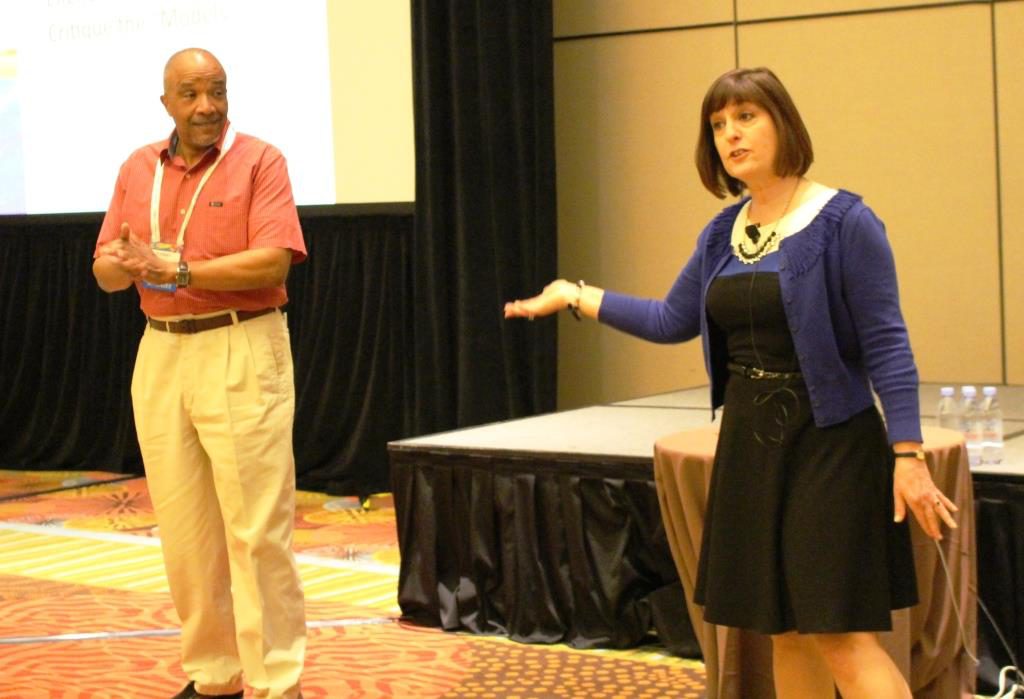
Never appropriate office-wear
In most offices, leggings, ripped jeans, crop tops, beach or athletic wear, pajamas, revealing clothing, too many bold colors or crazy patterns in one outfit, too much jewelry, cologne or make-up are all inappropriate work attire.

Buying on a budget
Most of us have a budget to adhere to when buying professional clothes. If that’s the case, stick to basics: blazer, trousers, skirt, shoes in neutral colors that can be pared with pops of color in your tie, shirt or other accessories.
Also, when buying on a budget, visit upscale stores such as Nordstrom or Neiman Marcus to see the basics and trends. Then buy your clothes at outlet stores or less expensive stores such as H&M. A good rule of thumb is to spend on basics, save on trends.

Figure out cost per wear
Cost per wear is the cost of the item divided by the number of times you wear it. In most cases, you should be spending more money on a dark blazer that you might wear three times per week, compared with black tie attire that you may only wear once or twice a year.
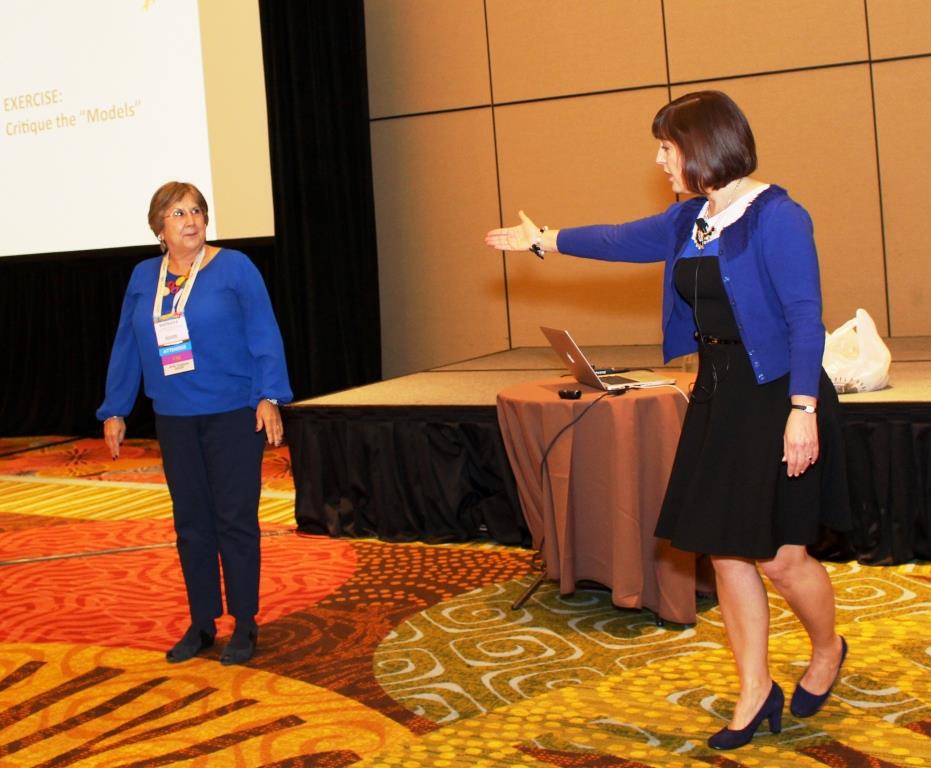
Fit is king
Often you can take an inexpensive item of clothing and have it tailored to fit you perfectly. When tailored, that inexpensive item looks expensive. So make sure you have a good tailor.
One final word: Be sensitive to religious or cultural clothing items and be sure to include these special considerations in your HR dress code policy.
While there are exceptions to every rule, even if your office is an exception, understand that your appearance helps build your personal brand. And you want to be sure that the information you convey before you open your mouth moves your career forward.


